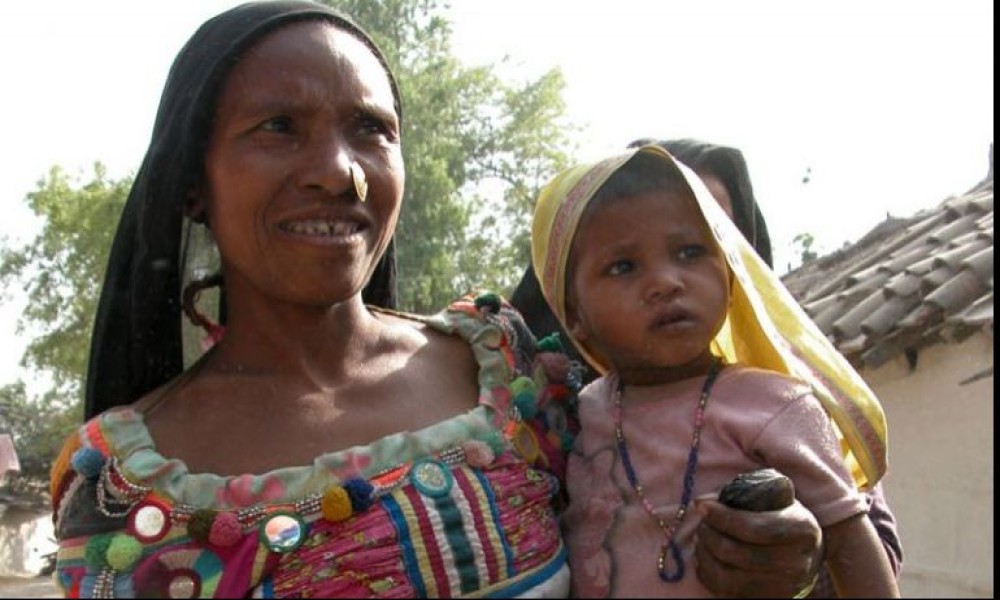The government has identified 98 minority groups, whose representation in village and municipal councils is mandatory. But the list is erroneous, and threatens to bar several minority groups from practicing grassroots democracy and good governance.
Of the 98 minority groups identified by the government, 56 belong to indigenous community. Of them, 36 groups have already been recognised officially as Adivasi Janajati while 20 are in the process. A taskforce led by Dr Om Gurung has already recommended that these 20 minority groups be classified as Adivasi Janajati.
The government has identified those communities who make up less than 0.5 per cent of the population as minority groups. But as many as 16 Adivasi Janajati groups who make up less than 0.5 per cent of the population have not been listed as minority groups.
The government has identified those communities who make up less than 0.5 per cent of the population as minority groups. But as many as 16 Adivasi Janajati groups who make up less than 0.5 per cent of the population have not been listed as minority groups.
Chhairotan, Tangbe, Tin Gaunle Thakali, Tapke Gola, Thudam, Dhanuk, Fri, Ban Kariya, Barha Gaunle, Marphali Thakali, Mugali, Larke, Balung, Byansi, Siyar and Surel contribute less than one and a half per cent of the total population. But when the government published the list of minority groups for local elections, those 16 Adivasi Janajati groups were not in the list. As a result, they will not be included in village and municipal councils, and their voice will go unheard.
This grave mistake perpetuates the systematic exclusion of some minority groups, but the government is not bothered to correct it. And the Nepal Federation of Indigenous Nationalities (NEFIN), the umbrella of Adivasi Janajati associations, has kept mum about this issue.
This grave mistake perpetuates the systematic exclusion of some minority groups, but the government is not bothered to correct it. And the Nepal Federation of Indigenous Nationalities (NEFIN), the umbrella of Adivasi Janajati associations, has kept mum about this issue.
Some government authorities and experts have tried to justify the exclusion of these 16 minority groups by pointing out their absence in the 2011 census report. But they have overlooked the fact that the census report is also erroneous, and does not include all social groups. For example, Surels have a settlement in Lalitpur, and are receiving minority allowances. But they are missing in the list of minority groups. If they get minority allowance, why can they not be a minority group?
The Local Level Election Act 2017 has guaranteed Dalit’s representation in local councils. But the government has included eight Dalit communities (4 from the hills and 8 from the Tarai) in the list of minority groups. This is also erroneous. It enables Dalits to reach local councils in two ways, but leaves some minority groups with no way.
It shows the list of minority groups was not prepared scientifically. Some communities who make up 0.5 per cent of the total population but are better-off have also been included in the list. They are technically minority, but are so well off that they do not need reservation. But seats reserved for minority communities are now up for grabs for these well-off communities as well.
The erroneous list of minority groups could be another conspiracy by the state to curb rights of indigenous people.
In a recent interview with Indigenous Television, Chini Maya Majhi, President of National Indigenous Women in Nepal, said they have rejected the erroneous list of minority groups. Shankar Limbu, an expert on international laws about indigenous nationalities, says the erroneous list of minority groups could be another conspiracy by the state to curb rights of indigenous people.
Officially recognised indigenous communities that are also in the list of minority groups
Kumal, Gharti or Bhujel, Rajbanshi, Sherpa, Danuwar, Majhi, Chepang or Praja, Sunuwar, Satar or Santhal, Jhangad and Dhagan, Gangain, Thami, Dhimal, Yakkha, Tajpuriya, Darai, Pahari, Bhote, Thakali, Chhantyal, Hyolmo, Bote, Bramhbu or Baramo, Jirel, Dura, Meche, Raji, Dolpi, Lepcha, Patharkatta or Kushwadiya, Hayu, Lhopa, Kisan, Lhomi, Raute, Kusunda
Indigenous groups excluded from the minority list
Chherautan, Tangbe, Tin Gaunle Thakali, Tapkegola, Thudam, Dhanuk, Fri, Ban Kariya, Barha Gaunle, Marphali Thakali, Mugali, Larke, Balung, Byasi, Siyar and Surel
Minority groups that have not been officially recognised as indigenous communities
Kulung, Ghale, Khawas, Mali, Nachhiring, Yamphu, Chamling, Athpahariya, Bantawa, Byasi or Sauka, Thulung, Mewahang Wala, Bahing, Munda, Sangpang, Koche, Khaling, Topke Gola, Balung, Loharung
Backward groups
Kalwar, Kanu, Hajam or Thakur, Sudhi, Haluwari, Barai, Nuniya, Kamhar, Bantar or Sardar, Kahar, Lodh, Badhai, Dhuniya, Rajdhob, Rajbhar, Amat and Kamar
Hill Dalit
Lohar, Sonar, Badi and Gaine
Madhesi Dalit
Dhobi, Tatma or Tatwa, Khatwa, Dom, Kori, Halkhar, Chidimar, Kalar
Other communities listed as minority groups
Bin, Marwari, Kayasth, Rajput, Bangali, Gaderi or Bhediyar, Panjabi or Sikh, Sarbariya, Natuwa, Dhankar or Dharikar, Deb, Dhadi, Nurang







